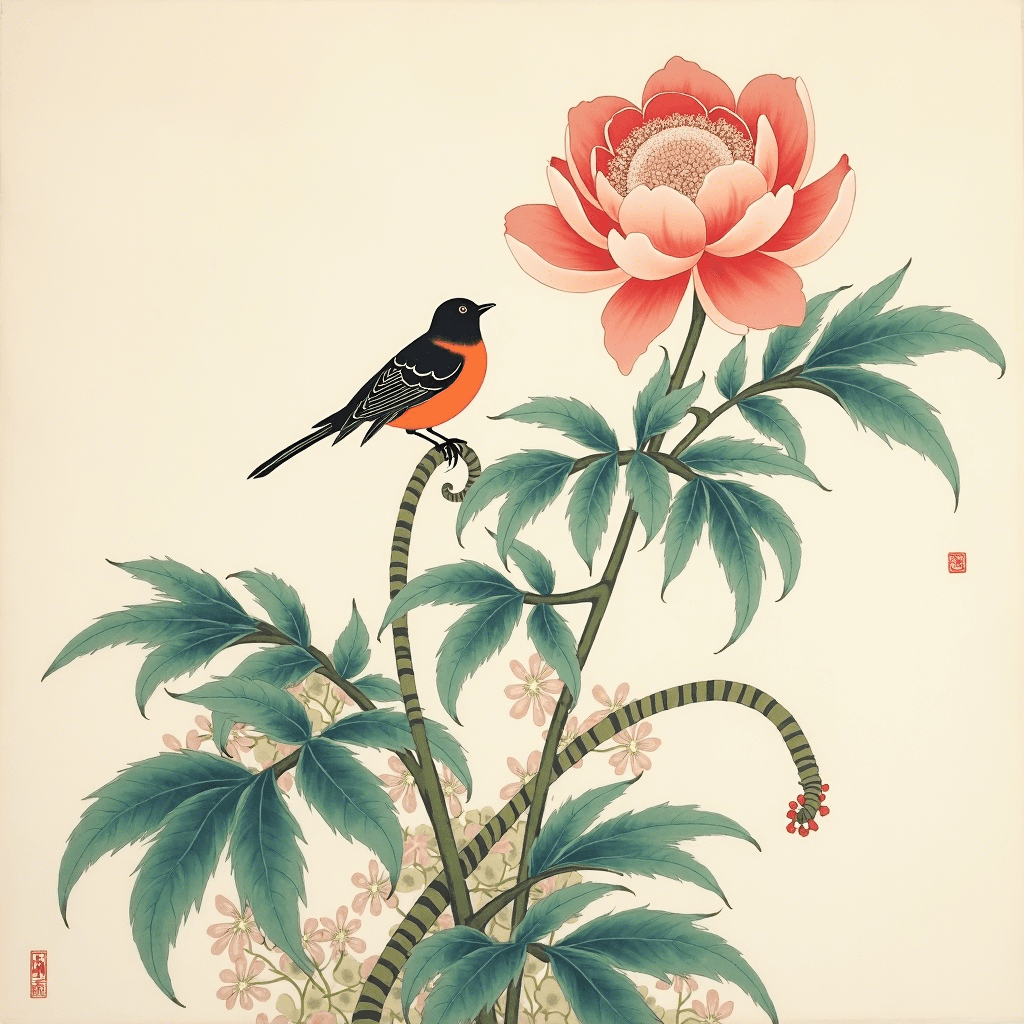
Chinese Gongbi Painting
A meticulous Chinese painting style known for its fine brushwork and detailed depictions, often used for flowers, birds, and figures, emphasizing realism and elegance.
Quick Navigation
External Resources
Overview
Origin
China
Historical Period
Tang Dynasty (618–907 CE) onwards
Cultural Significance
Gongbi, meaning 'meticulous brush,' is a traditional Chinese painting style used in imperial courts and by scholars to depict nature and figures with precision and elegance.

Historical Timeline
Tang Dynasty (618-907)
Development of fine-line painting techniques in court art
Song Dynasty (960-1279)
Emperor Huizong established imperial painting academy, promoting Gongbi style
Techniques
Fine brushwork with detailed outlines
Layered coloring for depth and realism
Focus on subjects like flowers, birds, and figures
Use of soft, harmonious colors
Cultural Context
Gongbi, meaning 'meticulous brush,' is a traditional Chinese painting style used in imperial courts and by scholars to depict nature and figures with precision and elegance.
Did You Know?
Gongbi painting requires years of training to master its precise brush techniques, often used in imperial courts to depict the beauty of nature and nobility.